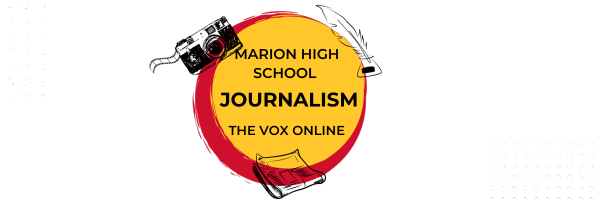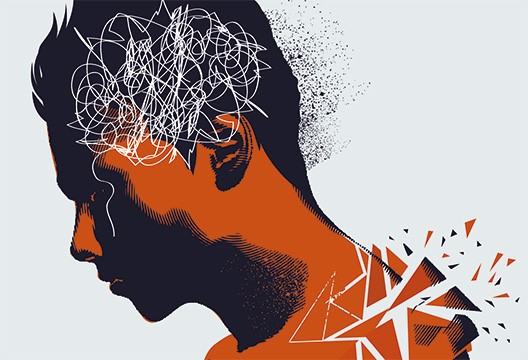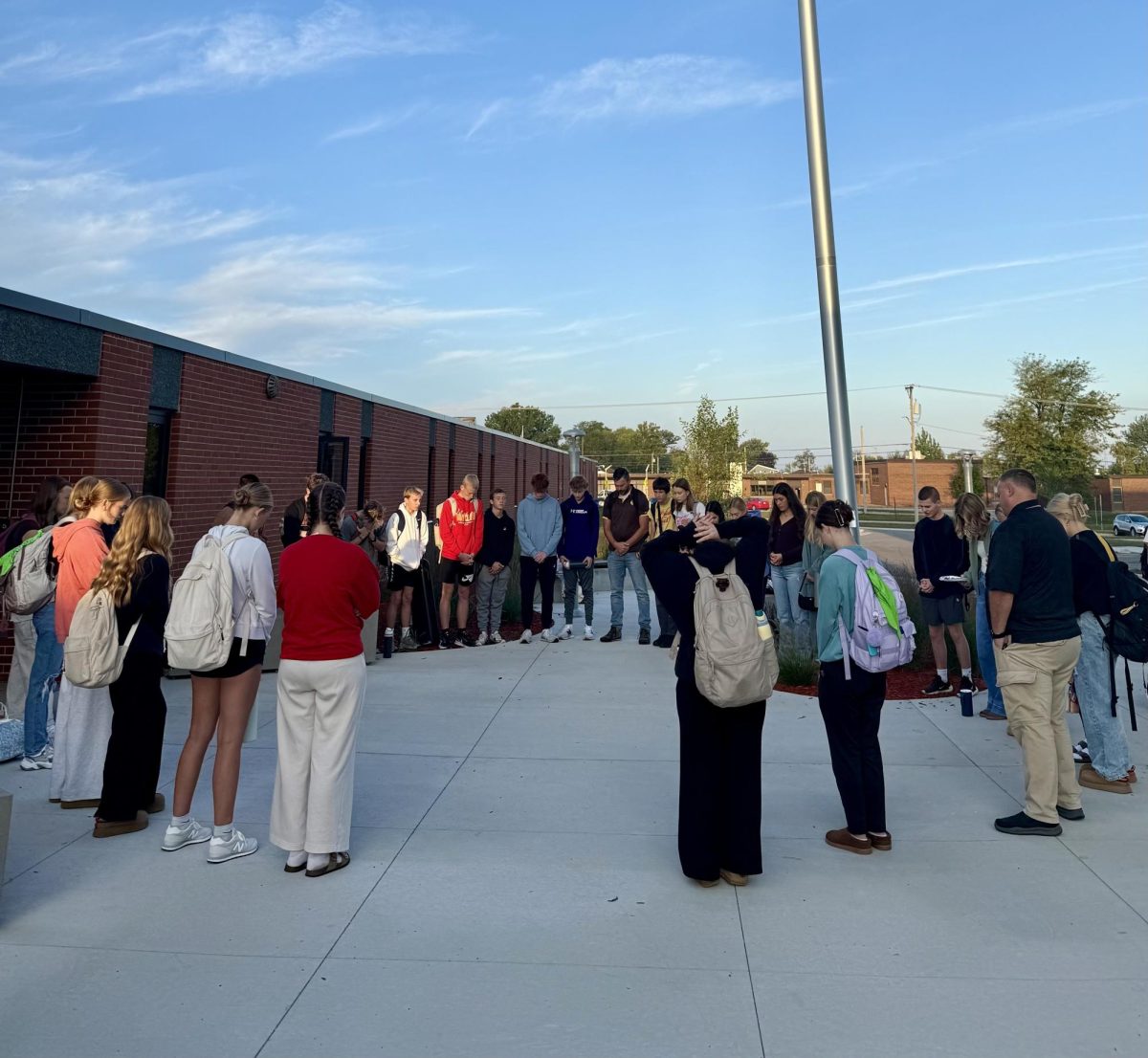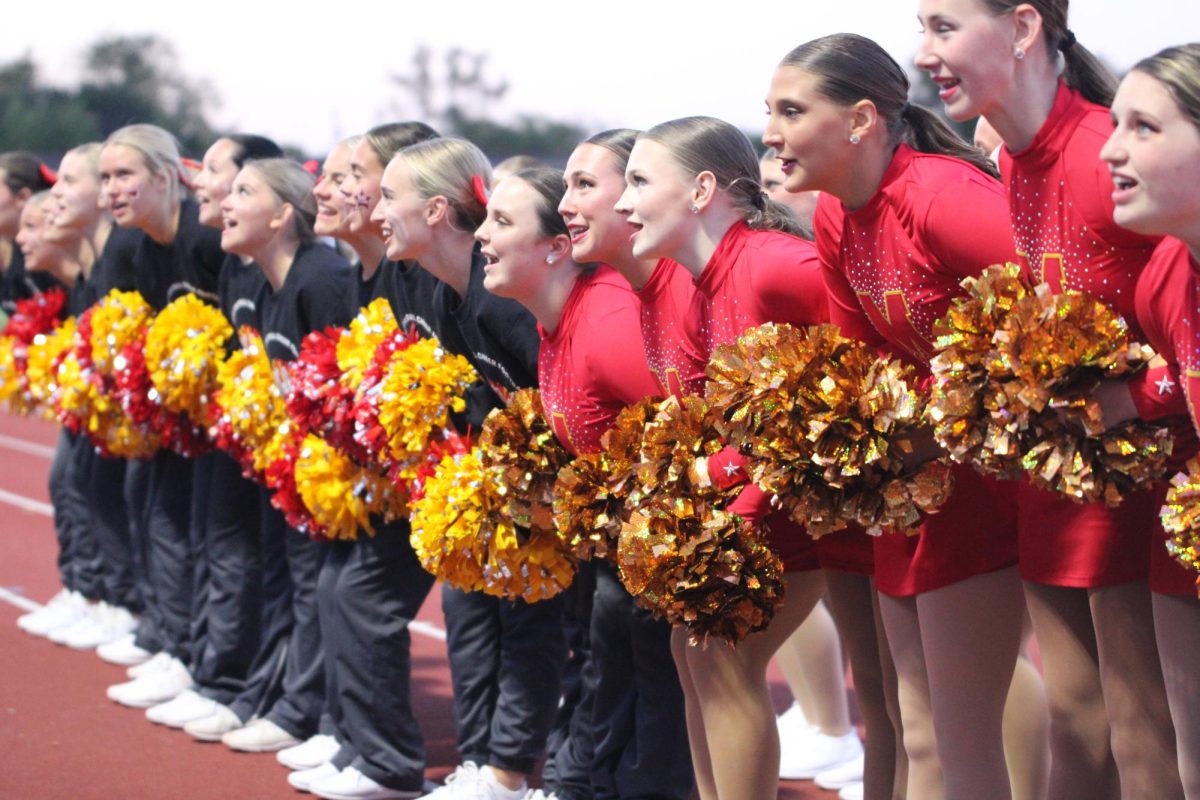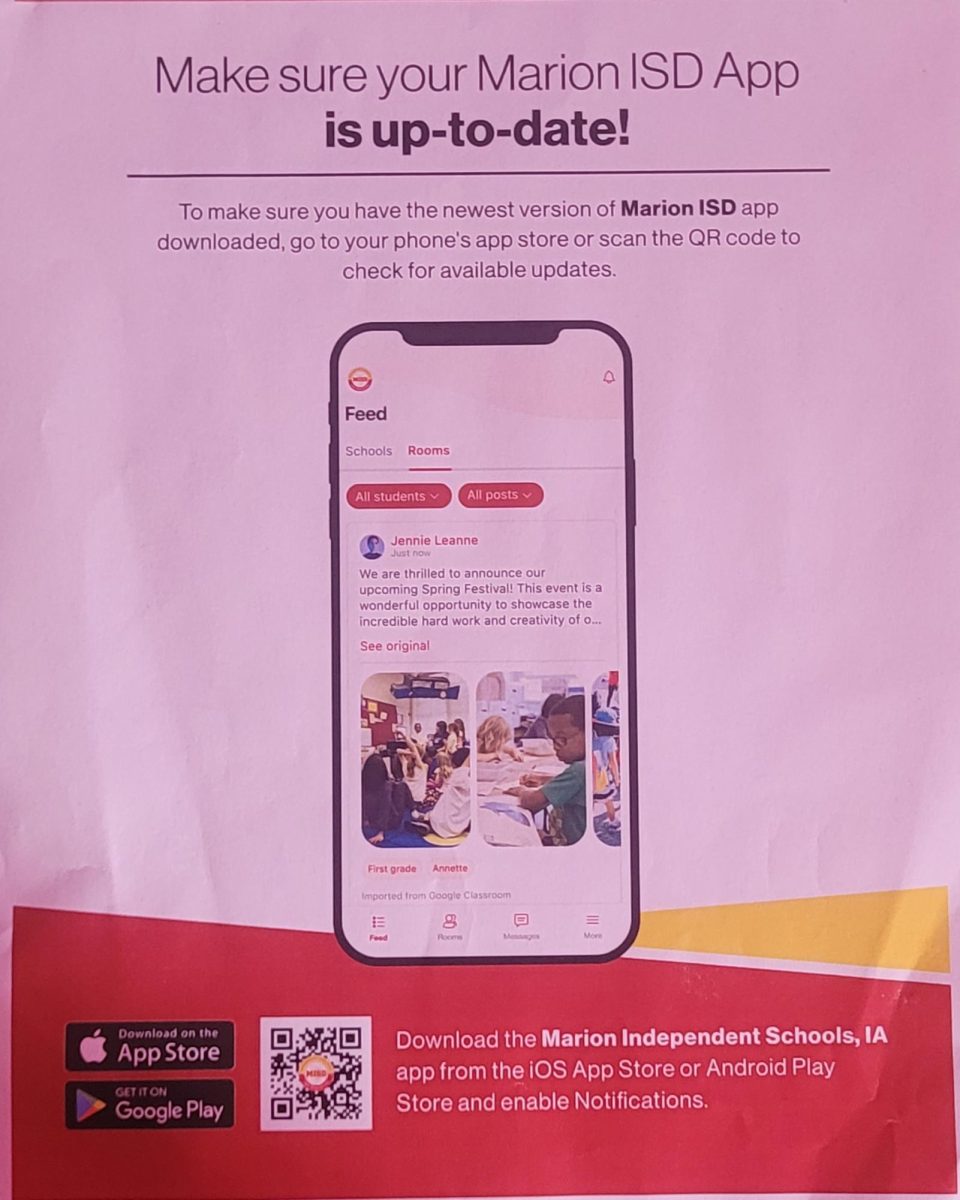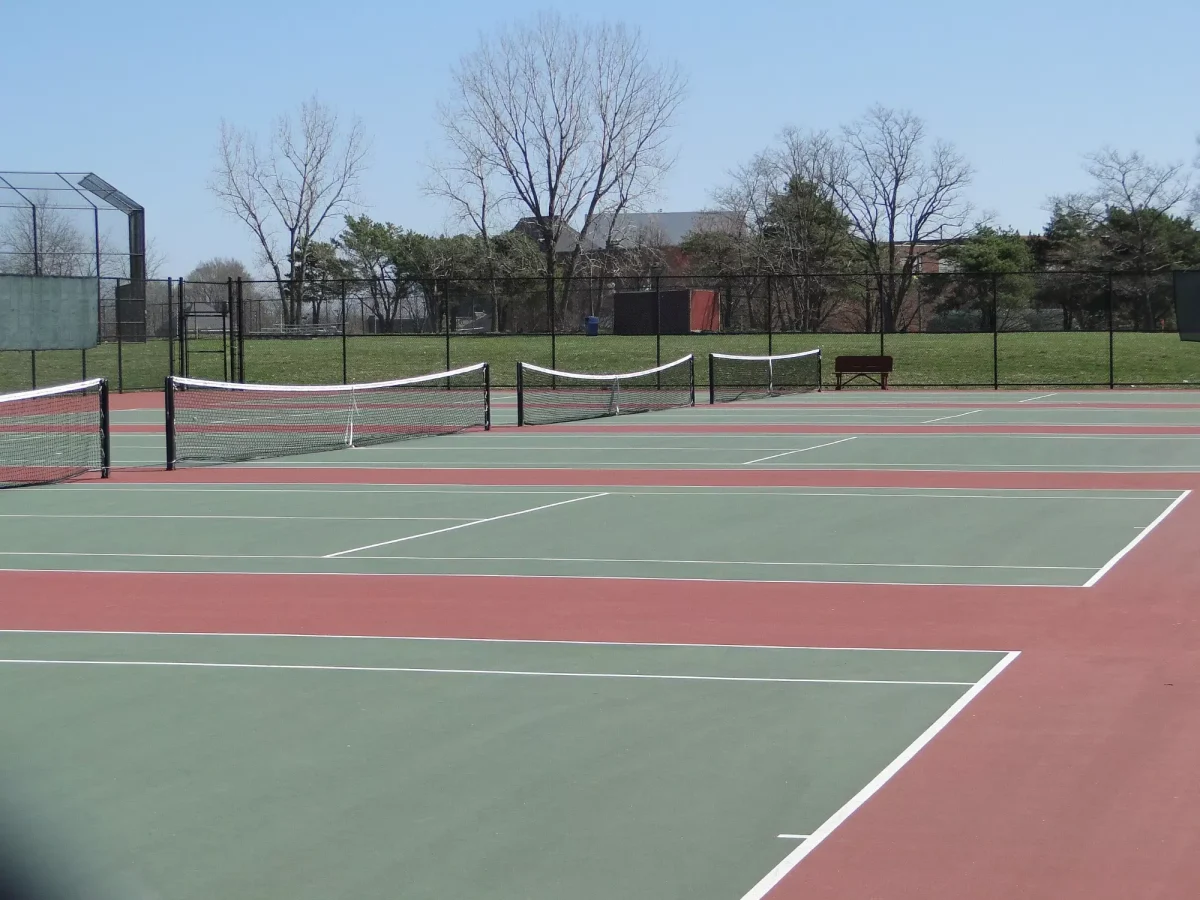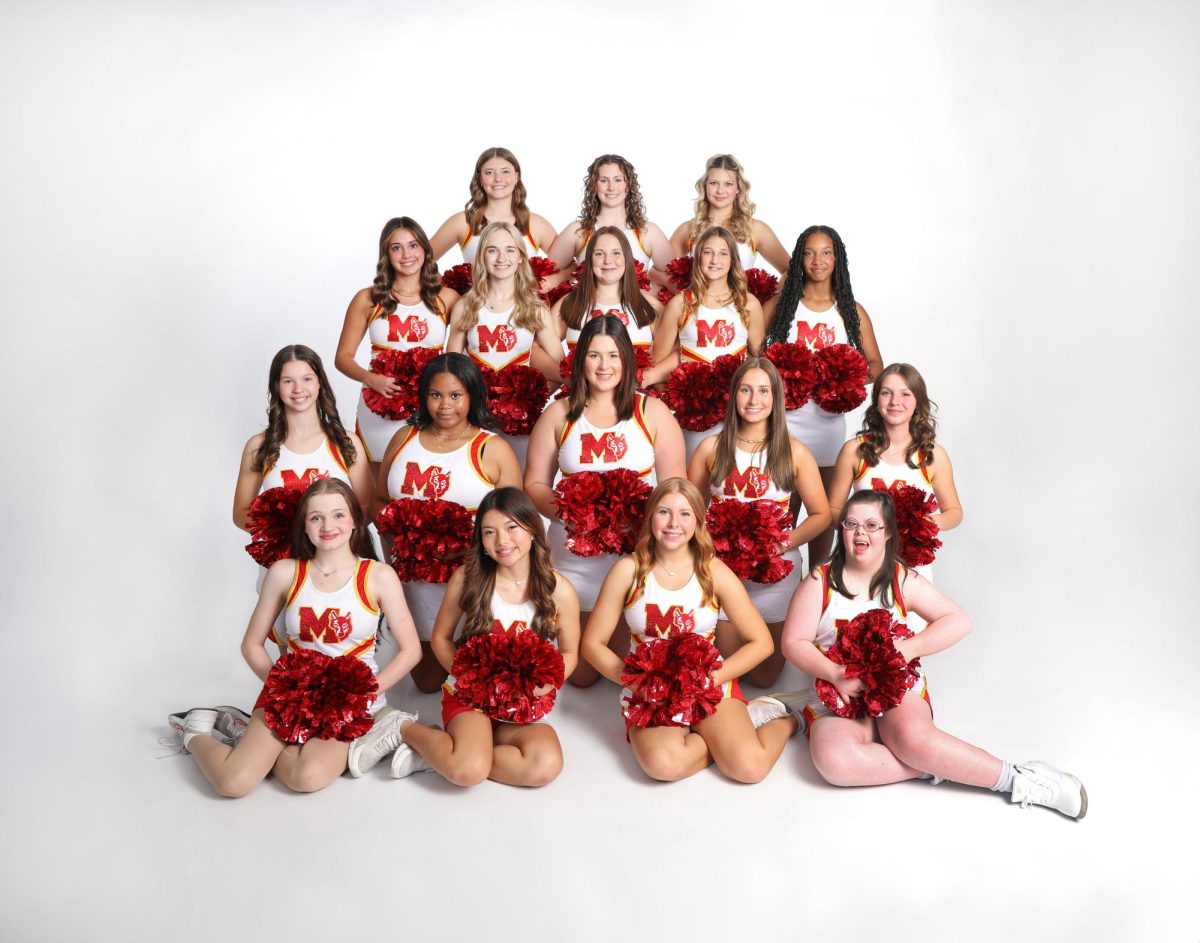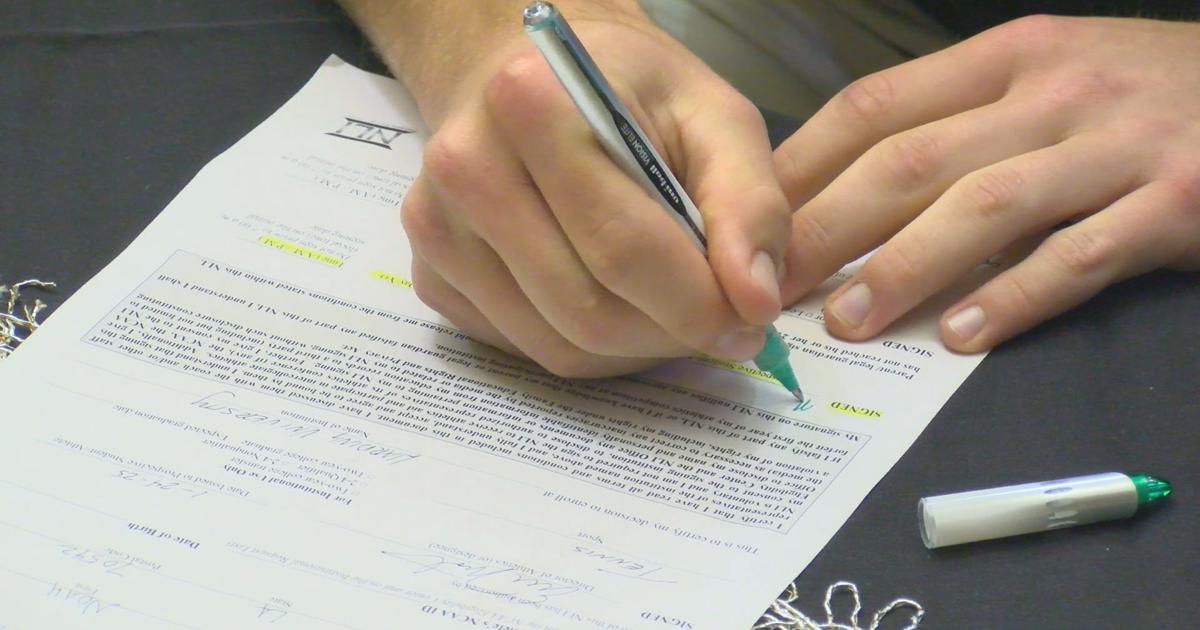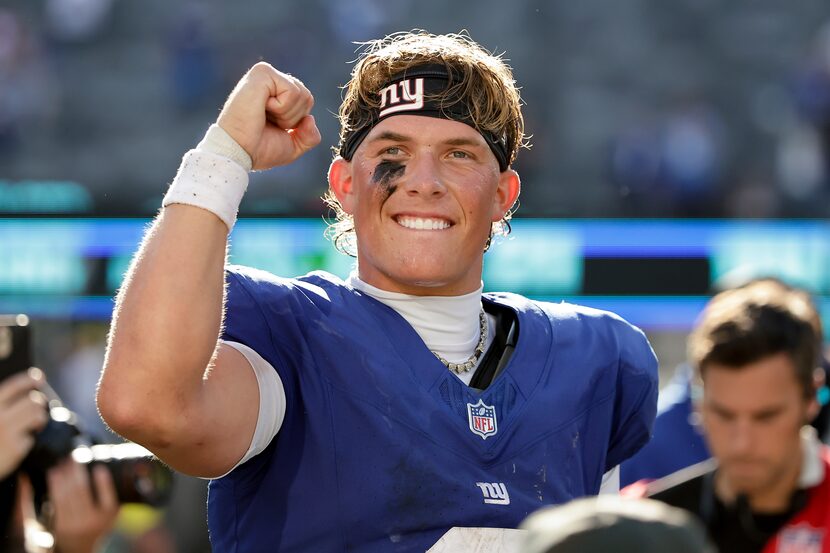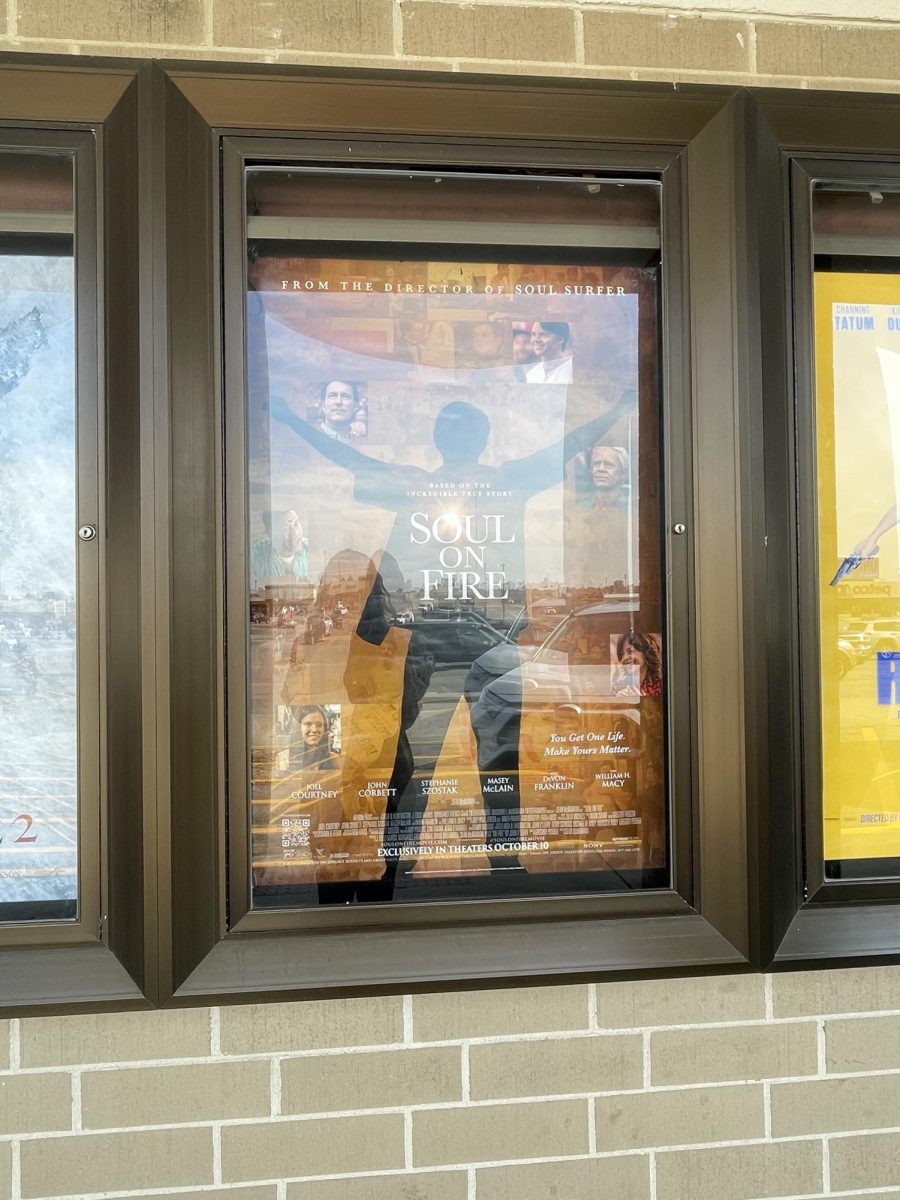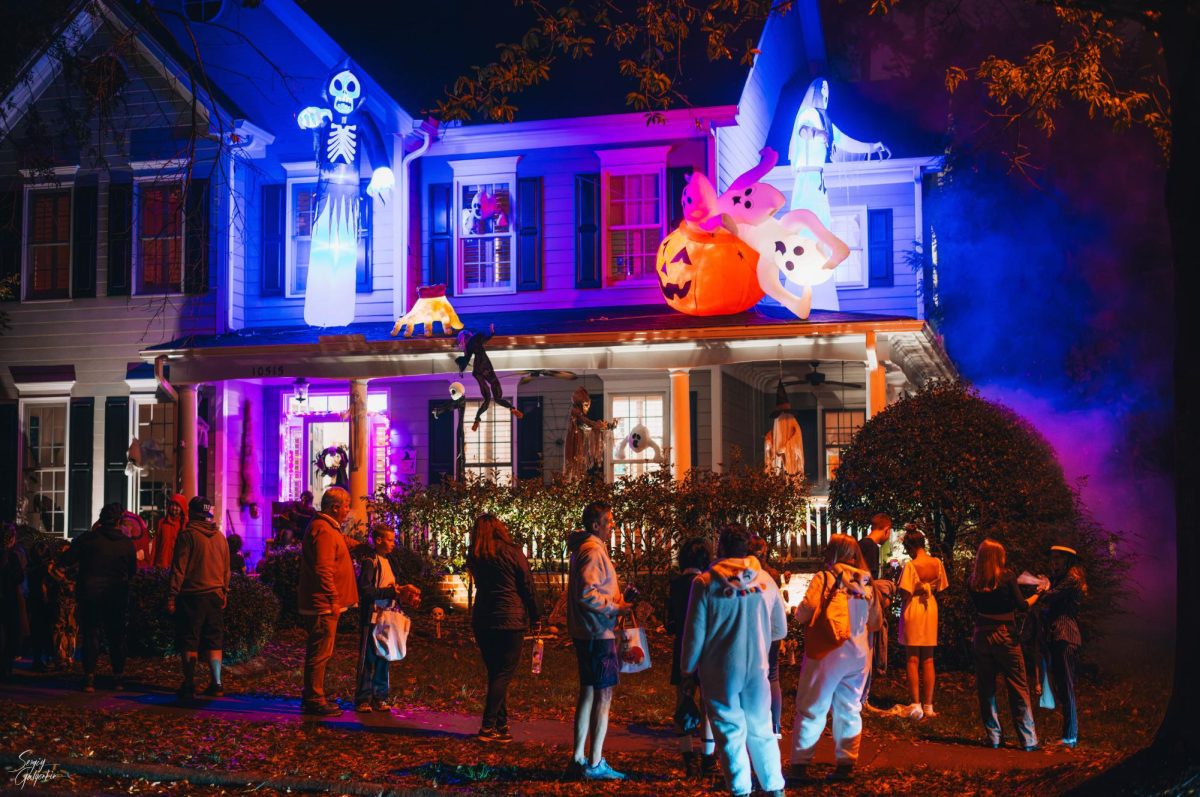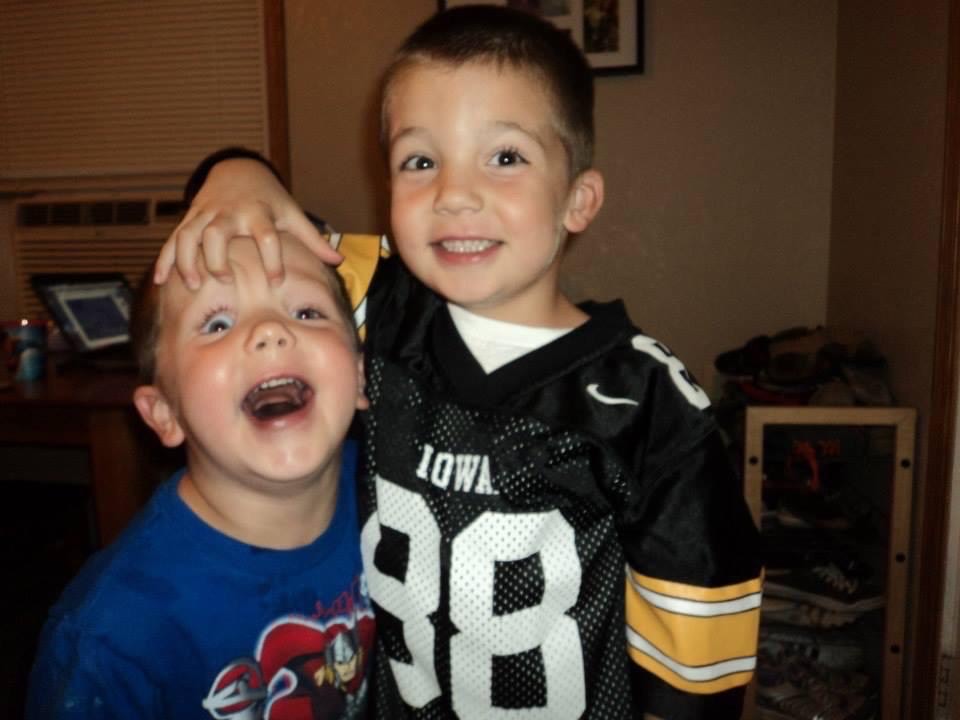Clubs are the epitome of the high school experience. They bring students with similar interests, values, or beliefs together, fostering a social environment that is welcoming and community-oriented. Clubs may fit into a shared hobby, such as gardening or theater, whereas other clubs have a shared mission. For example, Green Bandana seeks to raise awareness on mental health issues, and Take Charge attempts to prevent the abuse of substances. One striking similarity of these two clubs is the makeup of their groups, specifically on the basis of gender. For example, although Green Bandana comprises a sixth of the student body, fewer than ten members are boys.
This noticeable trend may seem like an unimportant issue to some; however, the possible effects of fewer boys in clubs like Green Bandana and Take Charge are troubling. As the American Foundation for Suicide Prevention reports, men die by suicide 3.8 times more than women, and the gap between the two genders begins to widen around the age of 15. Men also make up 71% of drug overdose deaths, as reported by the CDC. Therefore, having boys connected to these specific clubs is necessary.
Michelle Wilson, sponsor of both clubs, described how the lack of men in these clubs affects their ability to spread central messages. Wilson has been involved in clubs at the high school for around 25 years and has seen male participation in both clubs deteriorate during this time. As Wilson describes, members of Green Bandana and Take Charge are considered “gatekeepers.” If a student is struggling with issues concerning mental health or substance abuse, a member of Green Bandana or Take Charge is trained to support that person. `
When asked about the effects of more men being a part of both clubs, Nathan Bryant, a sophomore member of both groups, said, “Being in those clubs helps you be educated, so you’d be reaching a larger audience.” Green Bandana and Take Charge both serve similar missions allowing their message to be heard by as many people as possible. A more diverse group made up of more boys would enable their messages to reach more people, specifically men who are affected most by mental health and substance abuse.
This specific example of a gender divide in these clubs is not just representative of a school divide, but rather a larger societal disconnect. Due to pressures of society like toxic masculinity, men are expected to bottle up the struggles they experience. Wilson supports this claim. “It’s typically harder for males to talk about mental health; that’s just what society’s done,” she said.
The question that remains, though, is how to eliminate this issue. Mental health and drug use are two topics that have become taboo for men to talk about, so these clubs may seem uninviting for them to join. Wilson and Bryant were alike in that they don’t wholly know a solution to this issue. Both ultimately accepted, though, that the only possible way would be to continue to reach out to men.
While people who join these clubs are motivated to join because of their personal beliefs, the truth is that they will often only choose to join activities in which they feel accepted and welcome. This is an uphill battle, as fewer boys involved begins a cycle of other boys not wanting to join as well, but it is not impossible to create higher male participation. If both clubs continue to share their message while meeting everyone where they are at, their messages are only bound to spread. Consequently, Green Bandana and Take Charge will represent a wider majority of people, allowing anyone to get the help they need.
